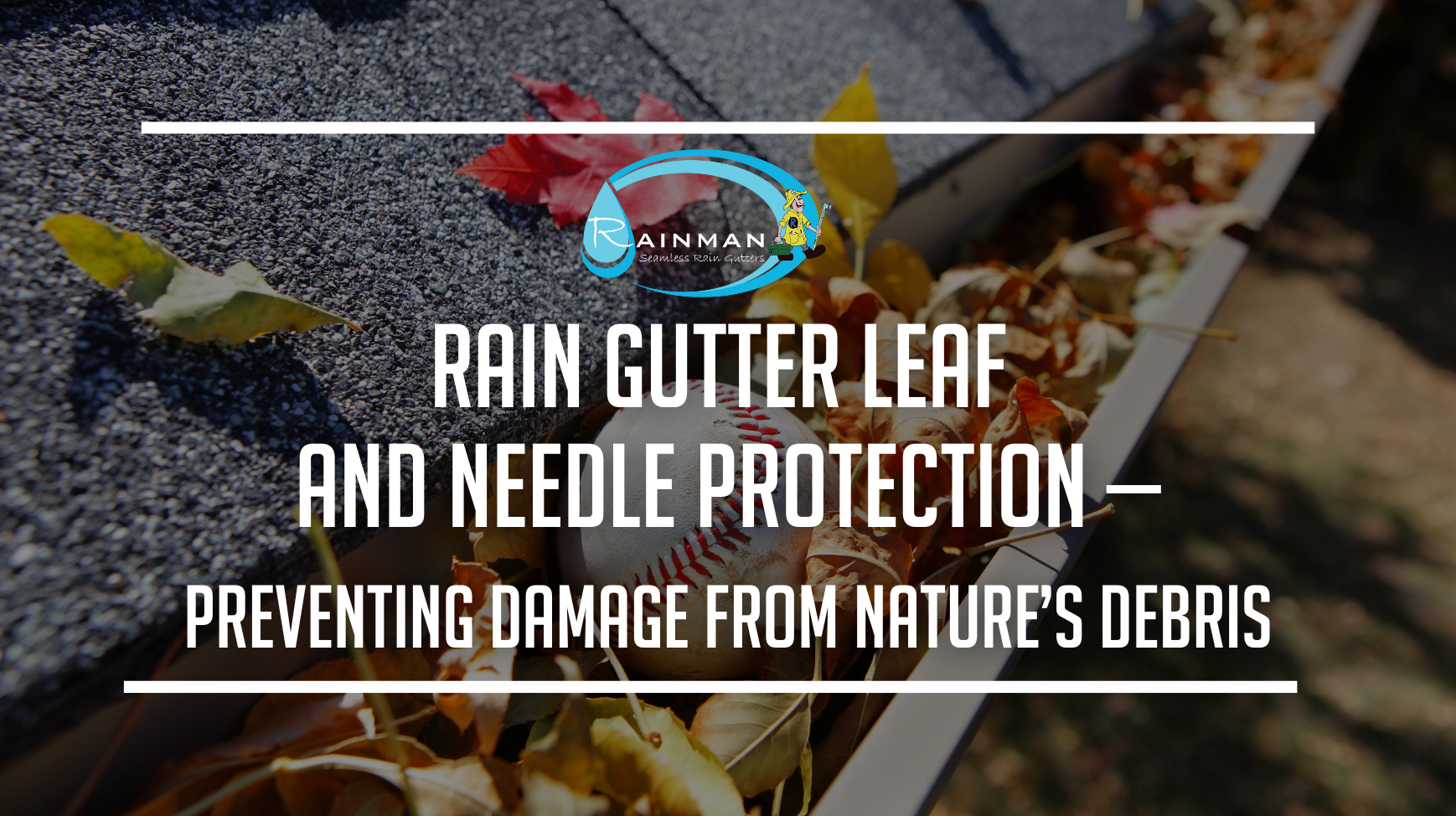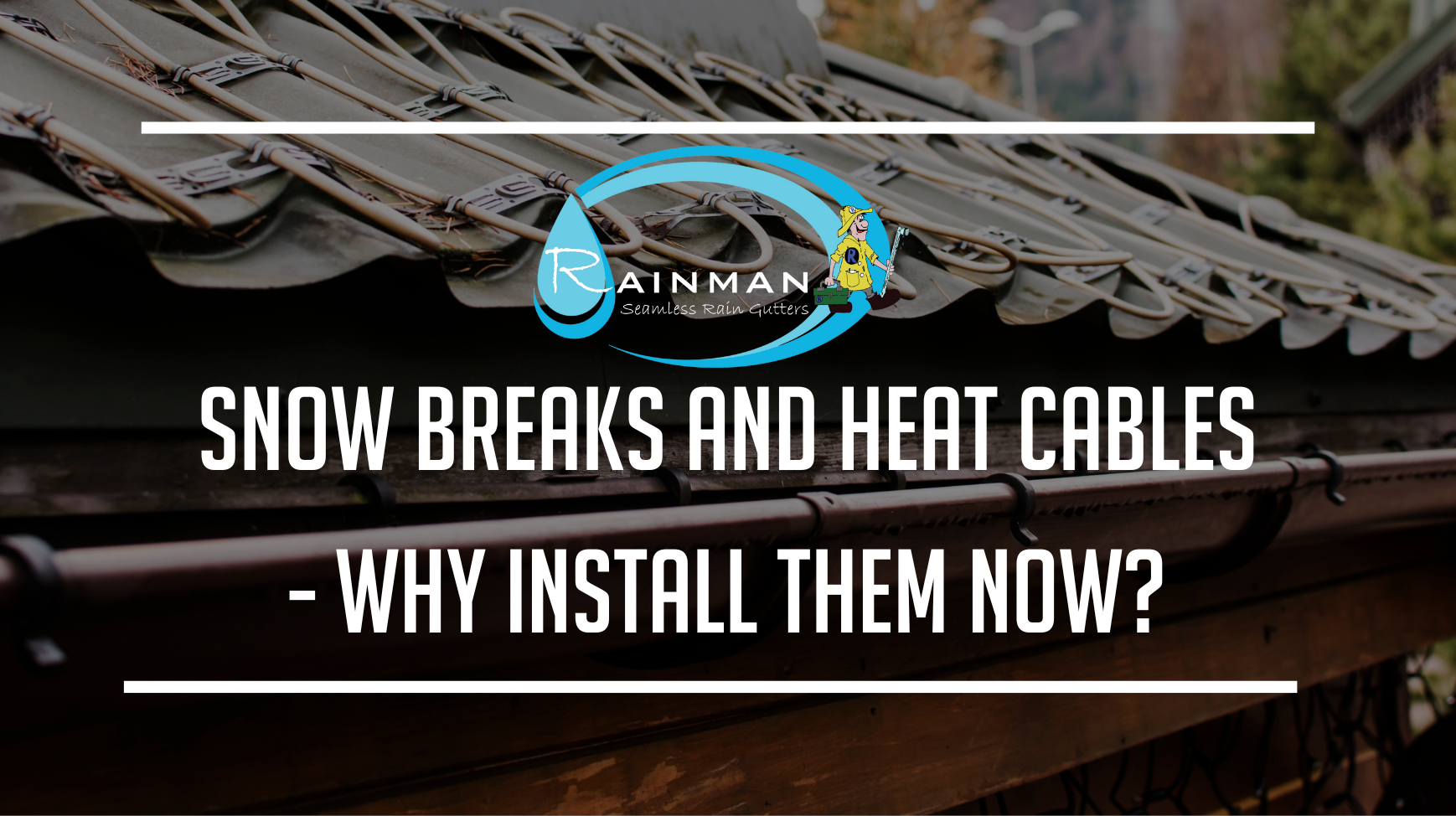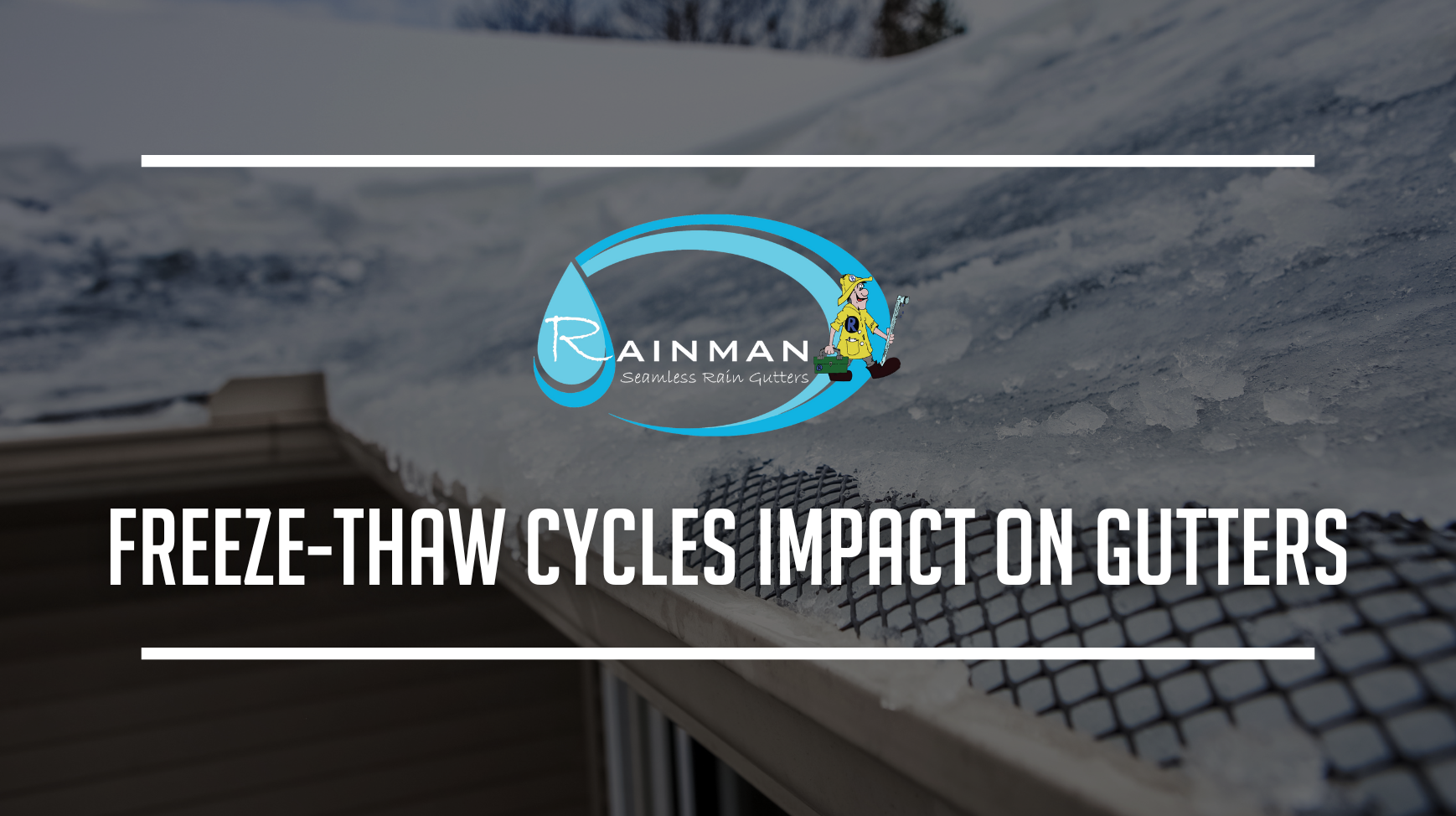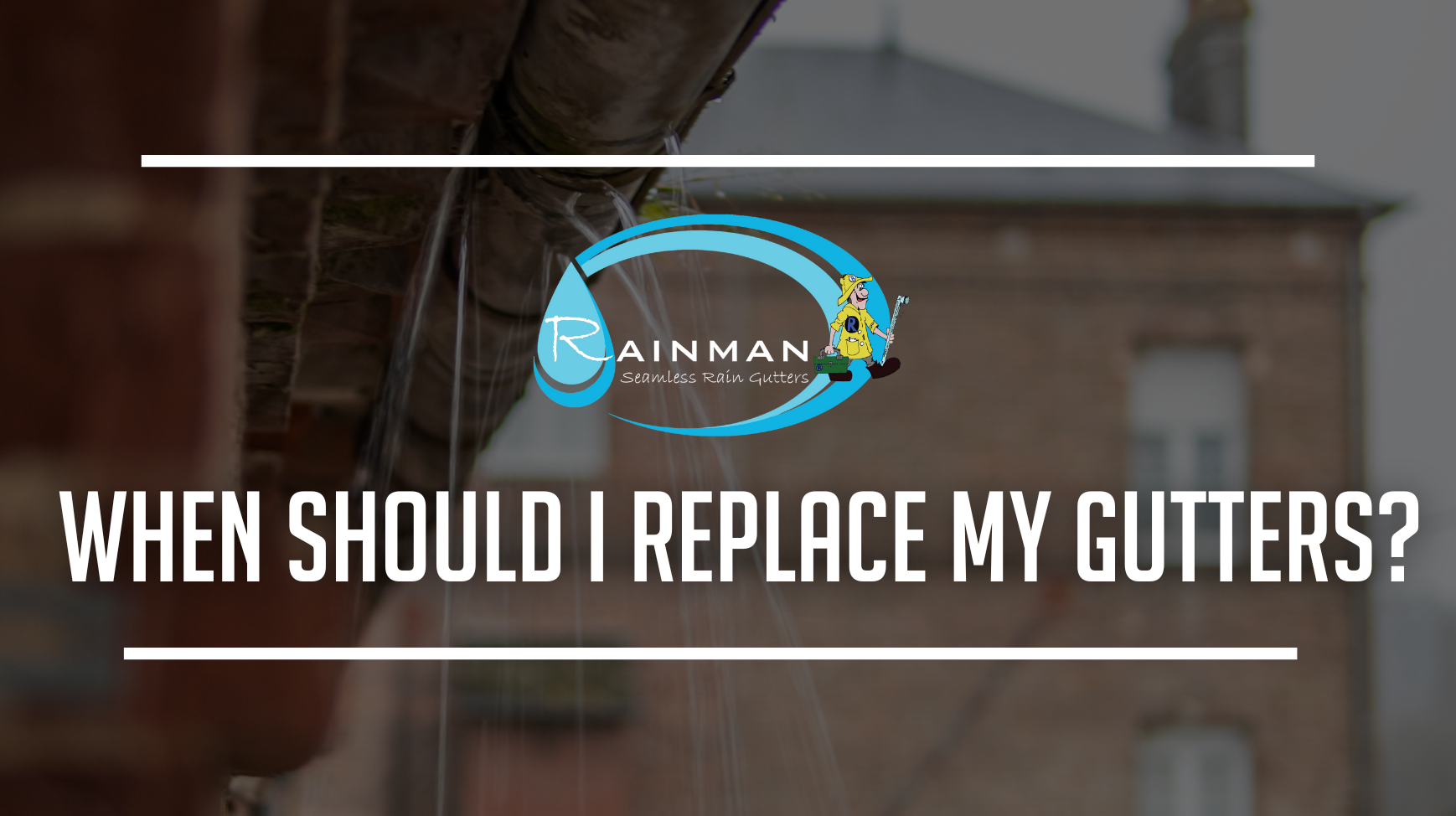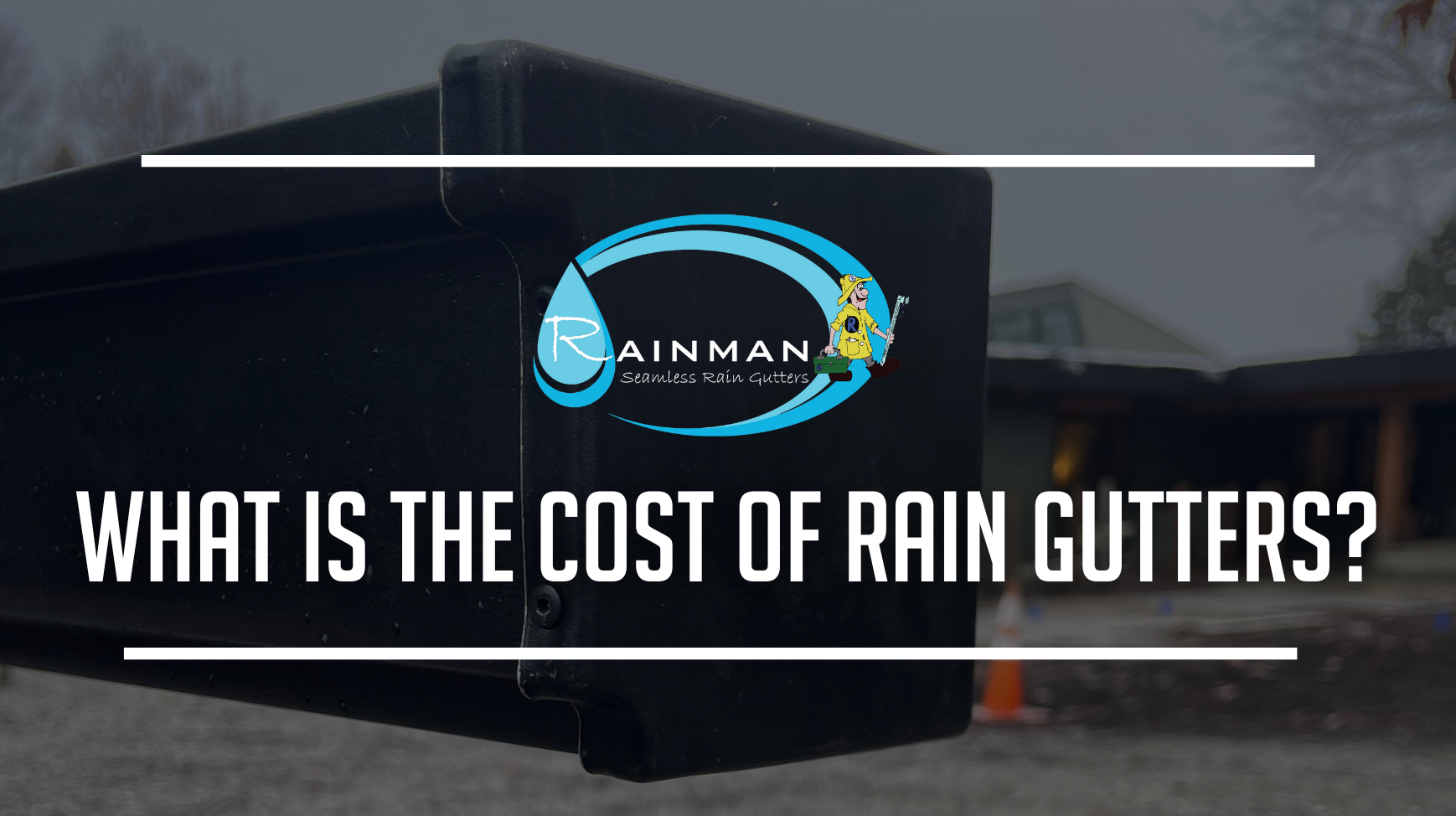Gutter Flashing Doesn't Have to be Flashy—Just Functional
Gutter flashing might not sound like a big deal. However, it is a crucial part of a durable, long-lasting roofing system.
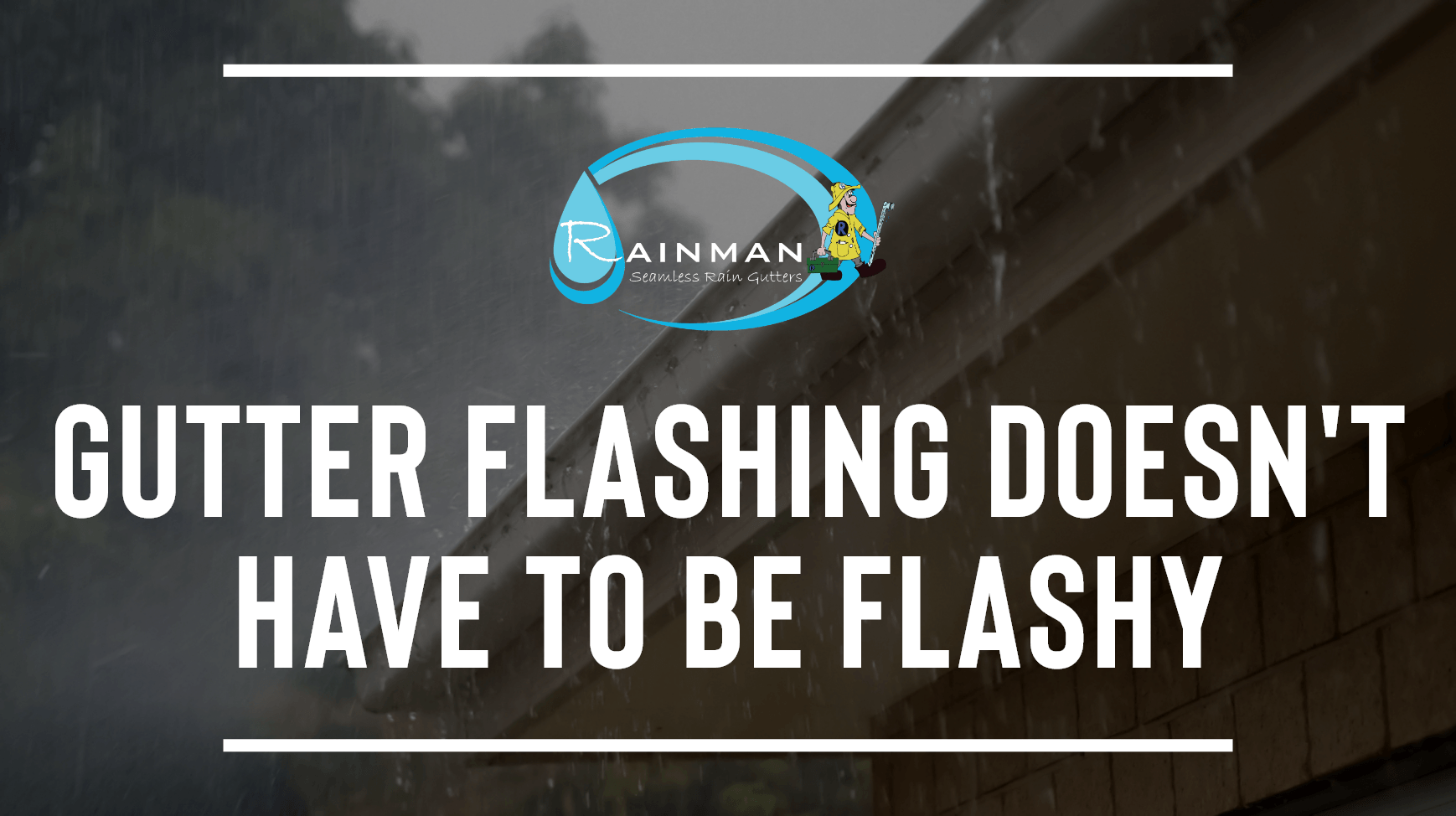
Gutter flashing is installed beneath the roof line and inside the gutter itself preventing water from running behind the gutter and leaking into the building materials causing damage. They are commonly made from 10-foot-long aluminum or plastic but can be custom fit to specific roofs. Aluminum will last longer, but plastic can also adapt to complex gutter systems. Gutter flashing keeps your roof and gutters working efficiently and is recommended for homes in snowy or rainy areas, such as Spokane and North Idaho.
Gutter flashings serve three main purposes:
· To direct water directly into the gutters, preventing it from damaging the fascia and soffit. If water is not drained properly from the roof, it causes water damage and encourages the growth of mold, mildew, and algae.
· To support the weight of the shingles. It helps prevent the shingles that hang an inch to two inches past the edge of the roof from curling, shifting or cracking.
· To cover the space between where the gutter meets roofline. It can prevent animals from prying up shingles and damaging the roof, soffit, and fascia and/or entering your home.
Today, many roofers automatically add gutter flashing when they’re installing the roofing system. However, older homes, constructed in the past twenty years or more may not have gutter flashings, it’s required in Washington State and the State of Idaho. A house typically needs gutter flashings when the roofline does not extend far enough past the edge of the gutter. Gutter flashing is also used on roofs with a low slope, where water could flow back in behind the gutters.
Maintain your flashing to protect the other parts of your roofing system. Old flashing can rust, break, and even cause nails to come loose in your shingles. Regular maintenance can extend the life of your gutter flashing. Even well-maintained gutter flashing can still get damaged. Heavy winds or debris can cause small holes to form in the flashing. Simple patch repairs can usually fix small holes; full flashing sheets will need to be repaired after severe damage. If you are an expert with roofing and its products, do it yourself; if not, hire a gutter professional. A roof inspection is the only way available by which you can notice the condition of gutter flashing.
The crew at Rainman Seamless Rain Gutters is here for you, serving the Spokane and North Idaho areas. Founded in 1992, our family-owned business employs a team of tradesmen and experts who offer over 100 years of combined and accumulated experience, industry knowledge, and local support. As lifelong residents of the Spokane and North Idaho areas, we take pride in the service and products our team provides. If you have questions about gutters, we have the answers. Contact Rainman Seamless Rain Guttersfor more information

